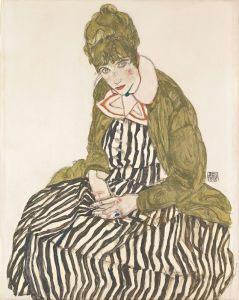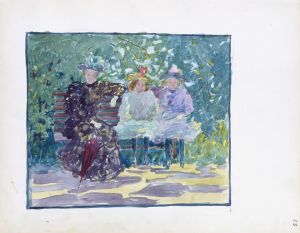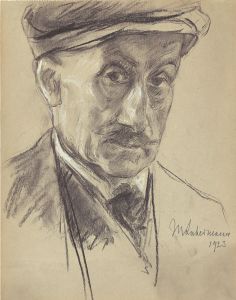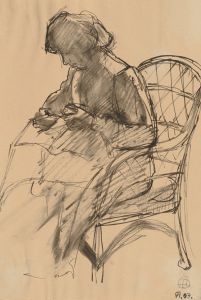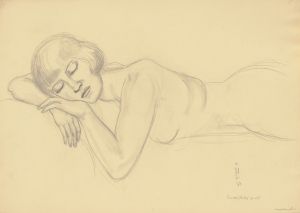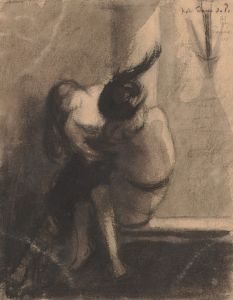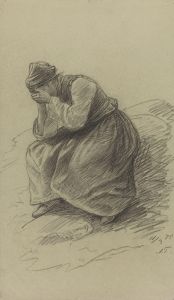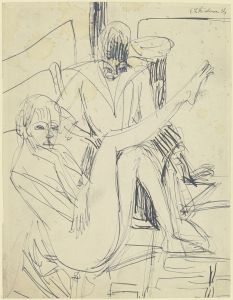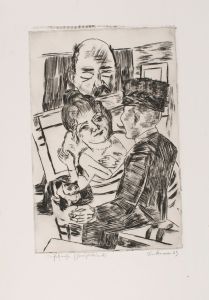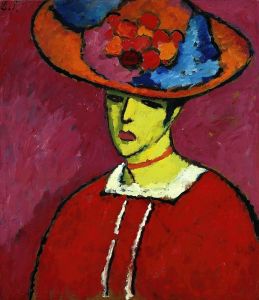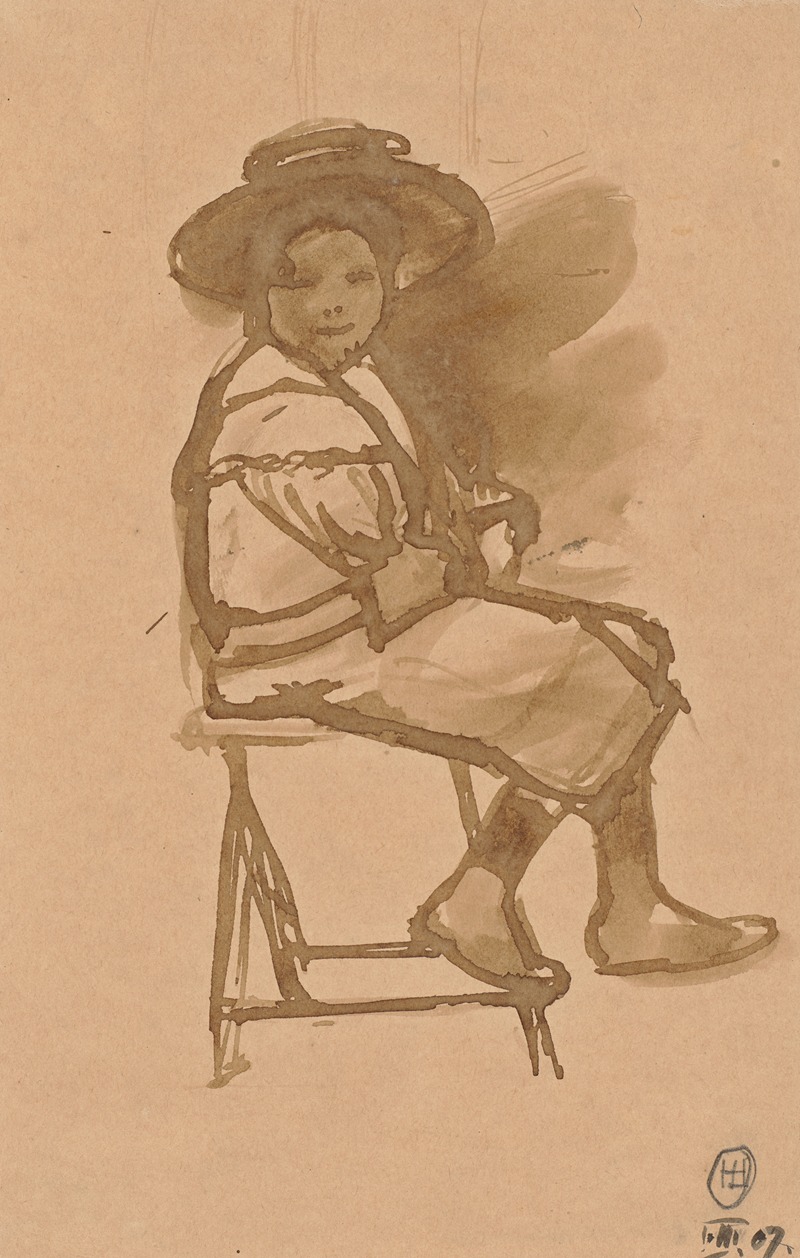
Frau mit Hut, auf einem Stuhl sitzend
A hand-painted replica of Hermann Lismann’s masterpiece Frau mit Hut, auf einem Stuhl sitzend, meticulously crafted by professional artists to capture the true essence of the original. Each piece is created with museum-quality canvas and rare mineral pigments, carefully painted by experienced artists with delicate brushstrokes and rich, layered colors to perfectly recreate the texture of the original artwork. Unlike machine-printed reproductions, this hand-painted version brings the painting to life, infused with the artist’s emotions and skill in every stroke. Whether for personal collection or home decoration, it instantly elevates the artistic atmosphere of any space.
Hermann Lismann was a German painter known for his contributions to the Expressionist movement in the early 20th century. Born in 1878 in Frankfurt am Main, Lismann studied at the Städelschule in Frankfurt and later at the Académie Julian in Paris, where he was influenced by the burgeoning modernist movements of the time. His work often reflected the vibrant colors and emotional intensity characteristic of Expressionism.
One of Lismann's notable works is "Frau mit Hut, auf einem Stuhl sitzend" (Woman with Hat, Sitting on a Chair). This painting exemplifies Lismann's style, which often focused on the human figure and explored themes of identity and emotion. The painting depicts a woman seated on a chair, wearing a hat, which was a common motif in Lismann's portraits. The use of bold colors and dynamic brushstrokes is evident, showcasing Lismann's ability to convey emotion and character through his art.
Lismann's work was part of a broader movement in Germany that sought to break away from traditional artistic conventions and explore new ways of representing reality. Expressionism, as a movement, was characterized by its emphasis on individual perspective and emotional experience, often using vivid colors and exaggerated forms to convey the artist's inner feelings. Lismann's paintings, including "Frau mit Hut, auf einem Stuhl sitzend," are exemplary of this approach, focusing on the subjective experience of the subject rather than a realistic depiction.
Throughout his career, Lismann was associated with various art groups and exhibitions that promoted modernist art. He was a member of the Berlin Secession, a group of artists who rejected the conservative standards of the official art academies and sought to promote avant-garde art. His work was exhibited alongside other prominent artists of the time, contributing to the spread and acceptance of modernist ideas in Germany and beyond.
Unfortunately, like many artists of his time, Lismann's career was disrupted by the political turmoil of the early 20th century. The rise of the Nazi regime in Germany led to the persecution of many artists, particularly those associated with modernist movements. Lismann, being of Jewish descent, faced significant challenges during this period. Despite these difficulties, he continued to create art, although much of his work from this time has been lost or destroyed.
Today, Hermann Lismann's contributions to the Expressionist movement are recognized and appreciated by art historians and enthusiasts. His paintings, including "Frau mit Hut, auf einem Stuhl sitzend," continue to be studied for their innovative use of color and form, as well as their ability to convey deep emotional resonance. While not as widely known as some of his contemporaries, Lismann's work remains an important part of the history of modern art, offering insight into the development of Expressionism and the broader cultural shifts of the early 20th century.





